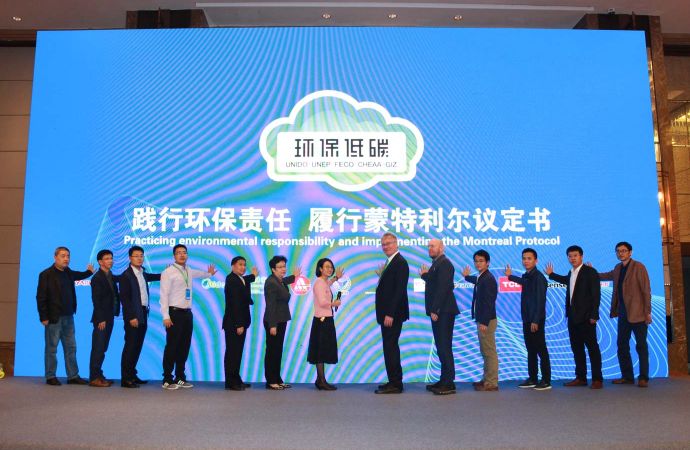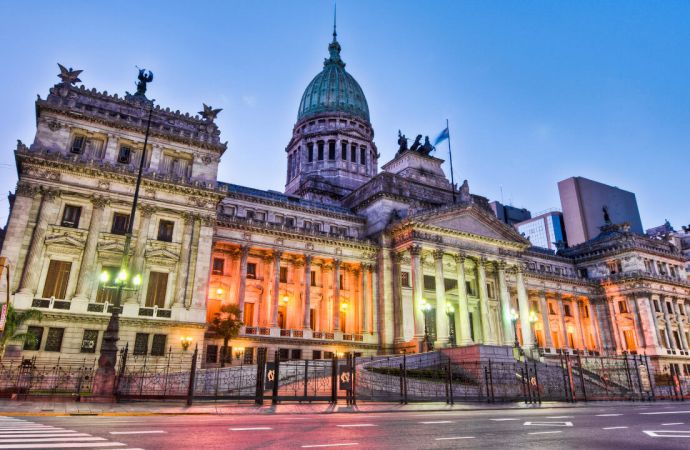Shirley Rodriguez, London’s deputy mayor for environment and energy, said natural refrigerants could be part of the city’s environment plan.

View over London, United Kingdom
Natural refrigerants may have a role to play in heating and cooling London’s buildings, according to London’s Deputy Mayor for Environment and Energy Shirley Rodriguez.
RAC Plus (a British refrigeration and air-conditioning magazine) reports that Rodriguez recently outlined what type of action London is considering for cooling and heating buildings as part of a draft ‘London Environment Strategy’.
Speaking at the UK’s Building Engineering Services Association (BESA) national conference on 19 October, Rodriguez said cooling systems “should be designed to make the best use of energy. They should also look to reduce their impact on climate and carbon emissions, such as phasing out their use of HFCs or by switching to natural refrigerants instead”.
The draft London Environment Strategy, released on 11 August 2017, states in its “overheating and cooling strategy” that “new development in London should also be designed to avoid the need for energy-intensive air conditioning systems as much as possible”.
They should also look to reduce their impact on climate and carbon emissions, such as phasing out their use of HFCs or by switching to natural refrigerants instead."
– London’s Deputy Mayor for Environment and Energy Shirley Rodriguez
Rising temperatures and climate change, and the stress this may put on the energy network, are of particular concern to the London authorities. Indeed, the Environment Strategy describes the “urban heat island effect – the way higher ambient temperatures are experienced after sunset in urban areas in comparison with rural areas” – and “man-made heat emissions,” both of which contribute to higher temperatures experienced in the UK’s capital.
The London government is also considering passive and mechanical ventilation to cool homes efficiently.
London has previously commissioned large-scale heating projects using waste heat and ventilation in a heat pump. In 2017 Islington Council in London installed a 1,000 kW two-stage GEA heat pump in the London Underground. The heat pump is now turning the waste heat from a London Underground ventilation shaft into useable heat for a high-rise apartment block in the area, says Kenneth Hoffmann, product manager (heat pumps) at GEA.
The London Mayor’s office is holding a public consultation on these environment plans until 17 November and welcomes comments from individuals and companies here.
Related stories



